Keloids
Our expert dermatologists specialize in understanding and treating keloids, offering advanced solutions tailored to your unique skin characteristics. If you're seeking effective keloid management, schedule an appointment at Westerville Dermatology with a trusted provider for a thorough evaluation and personalized treatment plan, ensuring the health and aesthetics of your skin.
Examples of Keloid
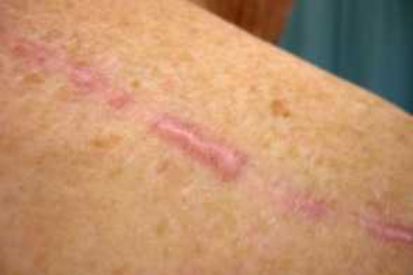
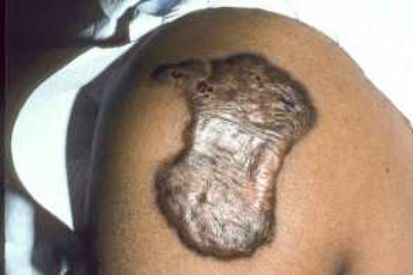
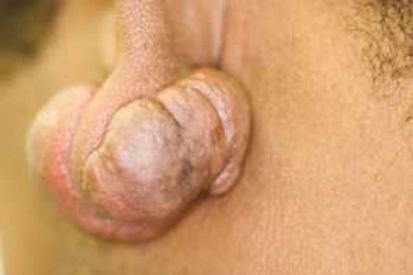
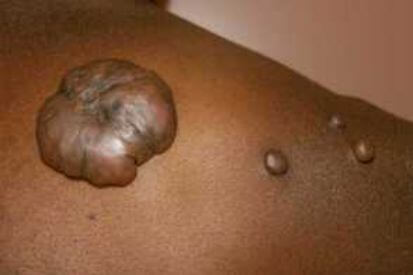
What are the Symptoms of Keloids?
- Raised and overgrown tissue extending beyond the borders of the original wound, forming a raised scar.
- Distinct coloration compared to the surrounding skin, appearing pink, red, brown, or darker.
- Itching and burning sensations at the site of the scar.
- Continuous growth.
- Triggered by trauma incidents such as burns, cuts, surgical wounds, or even after conditions like chickenpox.
- Recurrence or propensity to recur even after removal or treatment.
- Restricted mobility when keloids form over joints or areas of movement due to their firm and raised nature.
Causes of Keloids
- Abnormal response to skin injury or trauma, where the body produces an excess of collagen during the healing process.
- Genetic predisposition plays a role, with susceptibility varying among individuals.
- Skin type is a contributing factor, with darker skin tones, including African, Asian, or Hispanic, being more prone to keloids.
- The type of injury or trauma, especially repetitive incidents like piercing or tattooing, can increase the risk of keloid development.
How to Prevent Keloids
Preventing keloids involves taking proactive measures to reduce the risk of excessive scar formation, especially after skin-related injuries or procedures. Here are some strategies to help prevent keloids:
- Early Wound Care: Practice proper wound care by cleaning cuts, burns, or surgical incisions with mild soap and water. Keep the area covered with a sterile bandage until it heals.
- Pressure Therapy: Apply pressure to healing wounds using specialized dressings or bandages. This technique can help flatten scars and minimize the risk of keloid formation.
- Avoidance of Irritants: Minimize exposure to irritants, such as clothing that rubs against the healing wound. Choose loose, breathable fabrics to reduce friction.
- Steroid Injections: In cases where individuals are prone to keloids, dermatologists may recommend corticosteroid injections into the healing tissue to prevent keloid formation. These injections help reduce inflammation and excess collagen production.
- Moisturization: Keep the healing skin well-moisturized with a quality moisturizer. Well-hydrated skin is less prone to developing abnormal scars.
- Sun Protection: Protect healing scars from sun exposure, as UV rays can worsen scarring. Use sunscreen with a high SPF on the healing area when exposed to sunlight.
- Avoidance of Body Piercings: If you are prone to keloids, consider avoiding body piercings or tattoos, as they can trigger excessive scar tissue formation.
- Early Treatment of Acne and Infections: Promptly treat acne and skin infections to minimize the risk of scarring. Consulting with a dermatologist for effective management is crucial.
It's essential to note that not all keloids can be prevented, especially in individuals with a strong genetic predisposition.
Keloids FAQs
Keloids are generally not harmful to your health, but they can cause cosmetic concerns and discomfort. Dermatologists can help manage keloids to improve their appearance and reduce symptoms.
While both keloids and hypertrophic scars are forms of excessive scarring, keloids extend beyond the boundaries of the original wound and can continue to grow over time. Hypertrophic scars, on the other hand, stay within the confines of the wound.
Keloids are generally painless, but they can sometimes be itchy or tender. Scratching should be avoided to prevent irritation and further growth. Dermatologists can recommend strategies to relieve itching.
Keloids usually don't go away on their own. They may continue to grow over time. Seeking dermatological advice early on is crucial for proper management and to prevent them from becoming larger.
How to Treat Keloids
Our skin experts can determine your treatment plan for keloids. Schedule an appointment today to start your healthy skin journey.
Featured Blogs

- General Dermatology
- Skin Care
- Chronic Skin Conditions
Hormonal acne can be a pesky skin problem for many. The only way to address this is by finding a hormonal acne treatment that works for you and your unique skin.
Read More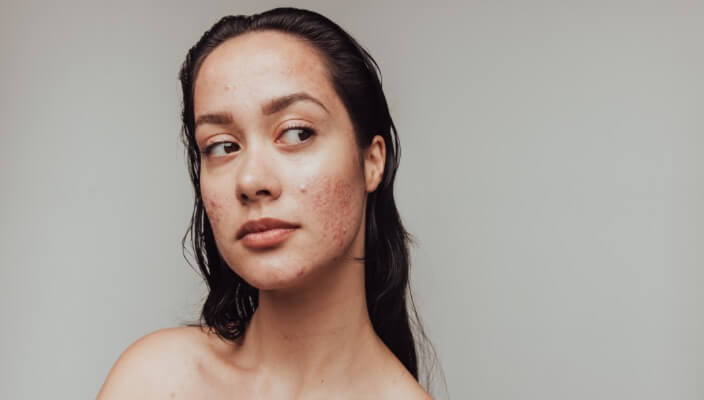
- Skin Cancer
- General Dermatology
- Chronic Skin Conditions
Learn more about the most common types of skin lesions we see at Westerville Dermatology and how our dermatologists remove them.
Read More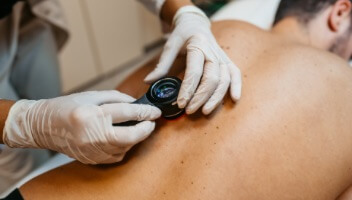
- Skin Cancer
- Skin Exams
In this blog, we’re covering what you need to know about five dangerous skin cancers, including basal cell carcinoma (BCC), squamous cell carcinoma (SCC), malignant melanoma, merkel cell carcinoma, and kaposi sarcoma.
Read MoreFeatured Products for Keloids

Avene Cicalfate+ Restorative Protective Cream 3.3 oz
Rich, nourishing cream infused with postbiotic restorative ingredient, helps protect skin from external aggressors while maintaining proper hydration for optimal skin restoration. Safe for infants, children and adults 3.3 fl oz

SENTÉ Dermal Repair Cream
SENTÉ Dermal Repair Cream is the flagship skin care product formulated with patented HSA (Heparan Sulfate Analog) technology. This unique and elegant formulation is clinically shown to improve the appearance of mature or photo-damaged skin. Non-Comedogenic, Hypoallergenic, Dermatologist-Tested. Paraben Free, Fragrance Free. 1.7 fl oz / 50 mL
